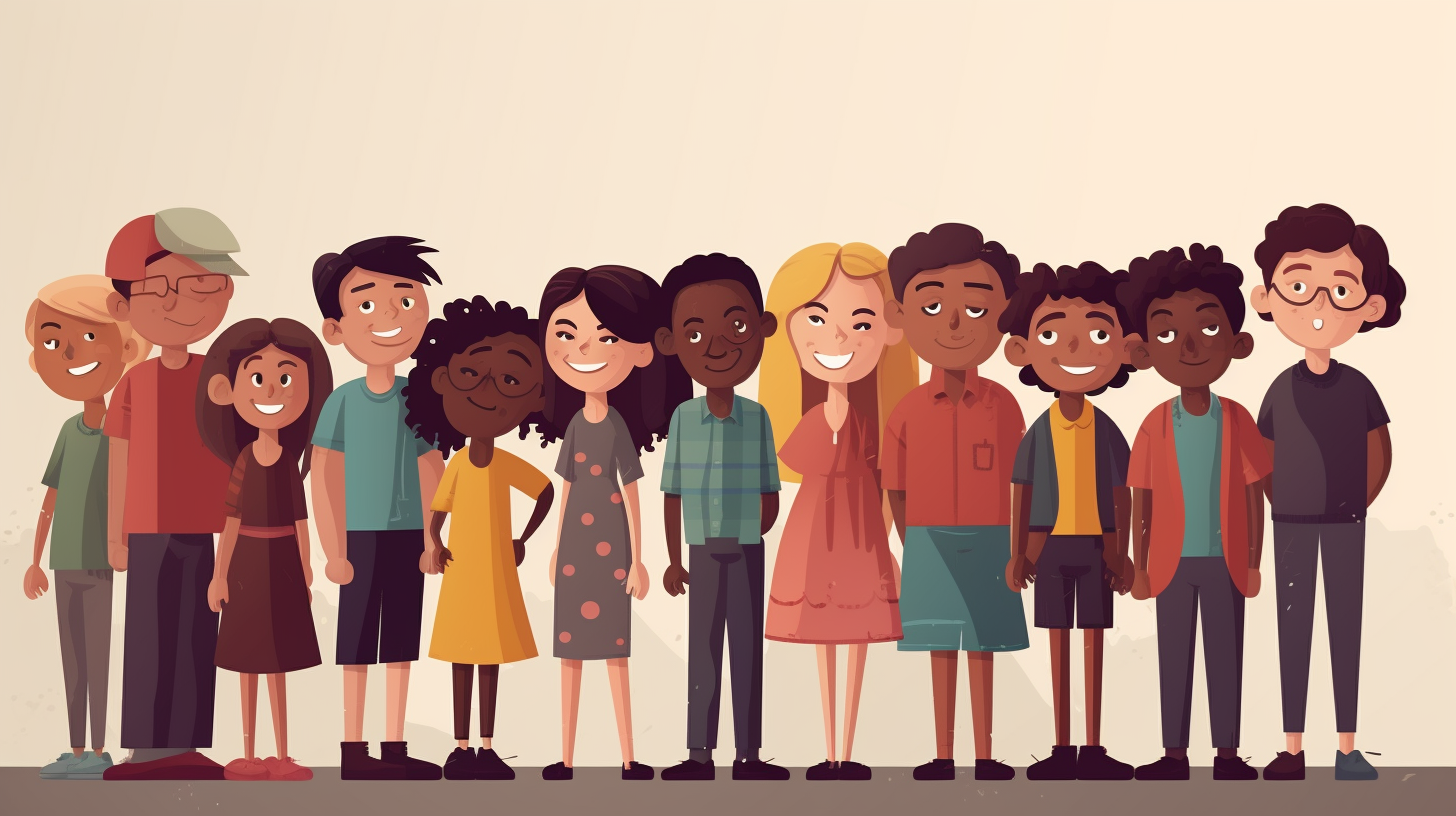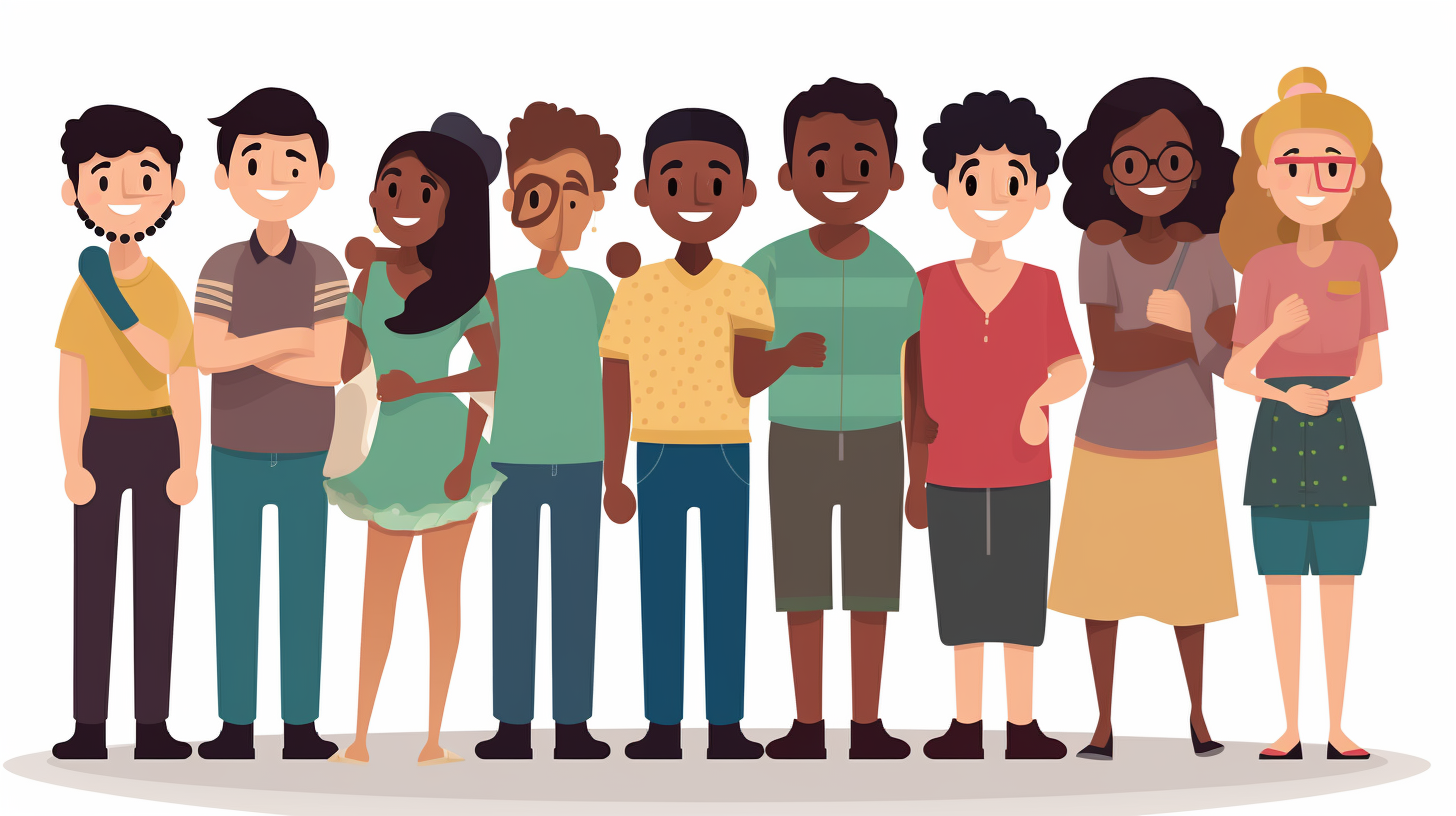Teaching methods vary based on a student’s age group. Each age group has its own unique learning strategy, so it is important for teachers to adapt their teaching methods to best suit the students’ needs. The introduction of a lesson should include an overview of the content, any necessary background information, and any expectations for the class. It is also important to anticipate the language and vocabulary level of the students and adjust the lesson plan accordingly. In addition, it may be beneficial to use technology and multimedia to engage different age groups and enhance the lesson. Finally, it is important for teachers to create a positive classroom environment and encourage student participation and collaboration. By adjusting teaching methods to different age groups, teachers can make sure their students are getting the most out of their lessons.
Definition of teaching style
A teaching style is the method of delivering a lesson or instruction that plays a significant role in how students learn. Teaching styles vary greatly depending on the age and learning abilities of the students, and can involve a variety of techniques such as hands-on activities, lecture-style lessons, group discussions, and multimedia presentations. Therefore, it is important to adjust teaching methods depending on the age of the students.
For younger students, such as kindergarten or elementary-aged children, it is important to make learning fun and engaging. This usually involves incorporating activities such as games, crafts, stories, or active projects. Young students also learn best by seeing their teacher model an activity and then practice themselves, so plenty of direct instruction and practice is necessary as well.
When teaching older students, it is important to present the material in an organized, logical manner. This often includes outlining the lesson plan ahead of time and ensuring that the material is presented in simple terms that the student can understand. Asking questions to encourage active participation and reflection is also important for older students. Group activities to help them understand important concepts can also be beneficial.
Finally, for differentiated instruction, it is helpful to have a range of activities that accommodate many different types of learning styles. This can include interactive activities, visuals, hands-on projects, or digital media. Implementing different types of activities and allowing students to choose the best way for them to learn can help them stay engaged.

Ages of students targeted
The age of the students targeted will depend on the subject being taught and the learning objectives of the class. Generally, teaching methods need to be adjusted to fit the age group of the students. For example, younger students may benefit from more visual and experiential learning tools such as hands-on activities and videos, while older students may appreciate more abstract discussions and debates. Additionally, younger students may have limited attention spans, so lesson lengths need to be somewhat shorter than those for older students. Teaching styles should also be adapted to the age group. Younger students may need more individualized attention and encouragement to remain focused, while older students may benefit from more challenging tasks and more independent exploration of concepts.
Tips for adapting
1. Make learning objectives age-appropriate: Consider the capabilities, level of understanding, and interest of the students in each age group. Tailor the objectives to the students’ abilities by increasing the complexity as they age.
2. Introduce a variety of teaching methods: Use different methods to keep students engaged. For younger children, games, story-telling, and visual aids are effective. For slightly older kids, role-playing, case studies, and cooperative learning activities may work better.
3. Utilize technology: Maximize the advantages of technology by incorporating various interactive tools like online quizzes, podcasts, and virtual reality simulations.
4. Encourage discussion: Make it a point to engage your students in the learning process by encouraging them to ask questions or to give their opinions and thoughts on the subject.
5. Craft your assessments: Create assessments that reflect the objectives you set for each age group. Utilizing a variety of assessment approaches, such as rubrics, portfolios, and open-ended questions, can help students of all ages become enthusiastic about learning.
Teaching younger age groups
Teaching younger age groups can be challenging as children of this age require a different approach than older students. A common concept with teaching younger age groups is to focus more on play and collaboration rather than lectures and textbooks. When teaching a younger age group, it is important to recognize their different learning styles, communication techniques, and developmental needs. Examples of appropriate teaching methods for young learners include hands-on activities, plenty of repetition, and an encouraging classroom atmosphere.
Additionally, for teaching different age groups, it is important to tailor your lesson plans and activities to the age group. For younger students, it is important to incorporate fun activities that will keep their interest and attention. Activities that focus on teamwork, creativity, and problem solving are important for younger learners. Additionally, providing visual cues and shorter instructions can help keep learners focused on the task at hand. With older students, it is important to get them involved with the content by introducing discussions, debates, and writing activities that challenge them to think critically.

Use visual aids
Visual aids are an effective way to engage students of all age groups, and there are a variety of ways you can use visual aids to adjust your teaching methods for different age groups.
For younger students, visual aids such as colorful images, videos, and interactive activities can be used to actively engage and hold their attention. For older students, more complex visuals like diagrams, graphs, and charts are preferable. Additionally, incorporating videos, virtual reality simulations, or hands-on activities can help keep their attention.
No matter the age group, visual aids can help make lessons more interesting, memorable, and informative. However, it’s important to be mindful of how visual aids are used, as some may be encouraging to some age groups and discouraging to others. As such, it’s important that teachers take their own students’ needs and preferences into account when deciding which visual aids to use.
Determine suitable teaching methods
Teaching methods should be adapted based on the age group and learning objectives.
For younger age groups (ages 5-12), it is important to involve activities that are interactive, engaging and motivate students’ curiosity. Methods that are suitable include hands-on projects, role-playing, games, visual aids and storytelling. Younger students need structure and guidance and shorter teaching sessions.
For older age groups (ages 13-18), methods should be more intellectually stimulating. Lectures, discussion groups, opinion polls and debates are effective. It is important to give students opportunities to express their opinions and provide feedback. Critical and analytical thinking should be encouraged.
For adult learners (age 18 and over), teaching should be tailored to the specific learning needs of the group. Methods that are effective include case studies, simulations, group work, tutorials and mentorship. It is important to provide structure and clear objectives in order to keep the learners engaged and motivated.
Facilitate student engagement
One key element to consider in adjusting teaching methods for different age groups is student engagement. As younger and older age groups have different attributes, motivations, and interests, the key is to come up with ways of engaging the students in the learning process. For younger students, this may include incorporating more activities, use of visuals to demonstrate concepts, and group work. For older students, activities may still be used, but should be designed to challenge the student in terms of problem-solving, critical thinking, and research. It is also important to create a learning environment that is both stimulating and motivating, and give opportunities for student choice within the lesson. The goal should be to capture the attention of the students and keep them engaged in the learning process.
Teaching methods for different age groups should take into account the student’s development level, learning style, and interests. For younger students, teachers often use interactive activities, collaborative projects, and visual aids to help simplify concepts. Older students may benefit from seminar-style instruction, with an emphasis on critical thinking skills. For teens, teachers should focus on the practical application of ideas and concepts. Additionally, it’s important to consider the individual needs of each student and find ways to adjust teaching methods as needed. For example, offering step-by-step or written instruction may be necessary for some students. Moreover, teachers can use a variety of assessment methods like quizzes, essays, discussion boards, and hands-on activities to help ensure that all students have the opportunity to engage with course material.

Teaching older age groups
Teaching older age groups can present different challenges than teaching young children. The key to success is to start with a basic knowledge of the age group and then adjust your teaching methods accordingly. For older learners, it’s important to create a learning atmosphere that respects their views and approaches. This could include having students state what they think about certain topics, scheduling activities that accommodate different learning speeds, and presenting lessons in a way that isn’t too simplistic. Additionally, you may want to focus on activities that teach life skills such as problem-solving, communication, and leadership. Other methods may involve encouraging group work and allowing students to take an active role in their own learning by providing opportunities for them to choose materials and projects. Finally, get to know each of your students on an individual level and modify the lesson plan to fit their individual needs.
Connect to their everyday lives
One of the best ways to adjust teaching methods for different age groups is to connect the material to their everyday lives. For younger students, this could mean integrating stories, games, music, videos, and illustrations into the teaching material. For older students, this could mean having them reflect on ways the material can apply to their interests and life experiences. For example, a history lesson could discuss how various historical events still affect society today, while a math lesson could involve creating real-world problems from current events.
Introduce material
Different age groups typically have different educational needs and preferences. Younger age groups may require more concrete activities with immediate rewards and visuals to hold their attention. On the other hand, older age groups tend to know longer attention spans and enjoy more abstract discussion activities or group projects. When adjusting your teaching methods for different age groups, it’s important to provide activities that will engage each age group. For example, younger children might enjoy cooperative play activities such as board games or role plays, while older children may prefer more intellectual activities, such as fact finding, or online research. Another key factor to consider is balancing individual and group activities; some age groups may best learn through independent practice, while others may benefit from working together in groups. Additionally, it’s important to remember to tailor your instruction to individual needs and interests; some students may respond best to traditional lecture-style teaching, while others respond better to project-based, hands-on learning activities.
Offer guidance and support
When teaching different age groups, it is important to recognize the ways in which you will need to adjust your teaching methods. It is important to research the age group you will be teaching, including their learning style, and tailor your teaching style and material around these needs. Many age groups respond better to visual material, so utilizing videos, pictures or diagrams can be a great way to further engage students. It is also equally important to offer guidance and support when teaching students from different age groups. This could include making yourself available for additional help outside of class, providing clear and concise instructions, and creating a positive learning environment.
Adjusting your teaching methods for different age groups requires you to both tailor content and structure and modify your delivery style. You should recognize that different ages may respond more positively to different teaching techniques. For pre-school or kindergarten aged children, teaching with a highly engaging, interactive approach may be effective. This could include incorporating visuals, music and physical games. For elementary school aged children, you may need to decrease the interaction and focus more on instruction. This may involve clear demonstrations and more repetition. For secondary school students, you can use more independent methods of teaching, such as lectures and discussions. Finally, for college aged students, you could introduce more abstract concepts and give students higher expectations.
Conclusion
Adjusting teaching methods for different age groups is an important part of the teaching process. It is essential to understand the student’s interests and learning styles in order to effectively tailor the instruction to their needs. It is beneficial to use age-appropriate activities and materials to engage the students and foster learning in a range of age groups. Creating flexible lesson plans that can accommodate different learning needs is also important. Additionally, allowing for slight variations in the lesson structure, such as dividing larger groups into smaller ones, can further tailor the learning experience for each age group. Keeping track of the learners’ progress can help to assess the success of the teaching approach. Lastly, taking feedback from the students on their experience can provide further insight into what works best for different age groups.
Understanding students’ needs
To adjust your teaching methods for different age groups, it is important to understand the cognitive, physical, and social needs of the students. For younger students, activities should be stimulating and engaging to capture their attention while being fun and interactive. Older students may respond better to more independent learning tasks with lectures, tests, and other more “academic” activities. Regardless of age, providing plenty of visual aids and hands-on activities can help students learn better. It is also important to understand how each age group learns differently. Younger students may learn best when taught in small groups or when given activities that allow them to move around. Older students may need more structure and guidance and may prefer more independent learning activities. Additionally, make sure to create a positive learning environment by having clear expectations of student behavior and engagement. By understanding the needs of students and adjusting your teaching methods accordingly, you can ensure everyone in your class is learning to the best of their abilities.
Improving student performance
When adjusting teaching methods for different age groups, you should focus on understanding students’ individual needs and differences in their learning styles. Some children may need more hands-on activities or visuals, while others might need more structure and direction. Find out what works best for each student and incorporate those teaching strategies into your lesson plans.
You can also use technology to engage students, such as interactive whiteboards and online learning tools. Utilizing tools such as digital worksheets and classroom discussion boards can help keep children engaged and motivated to learn. It is also important to make learning fun and relevant. Incorporate a range of activities, such as games, demonstrations, projects and group work, to keep the class engaged and encourage them to actively participate in the lesson.
Ultimately, be flexible. Changes in students’ patterns of learning can occur over time, so it is important to continually evaluate their progress and adjust your teaching methods as needed.
